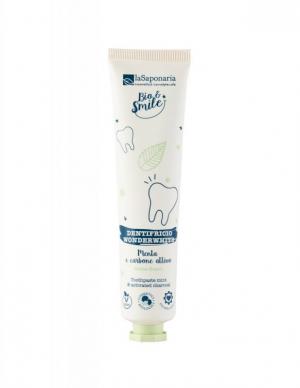Xanthan Gum
Other names: Xanthan gum, xanthan gum
Harm score: 2 (Derivatives of natural substances)
Xanthan Gum or Xanthan Gum is very often used in industrial production as a thickener, emulsifier or stabilizer. It is extracted from the fermentation of sugar, specifically sucrose, glucose or lactose by the bacteria Xanthomonas campestris. This bacterium is common in nature, where it is found on the leaves of vegetables or in agricultural soil. Xanthan gum is very soluble in water and can thicken it even in small quantities. In the food industry it is referred to as E415.
Xanthan gum is an integral part of many products we encounter every day. It is widely used in the food industry where it is added to baked goods, salad dressings, ice creams, sauces, jams, beverages and confectionery. It is also used in the cosmetics industry in the production of shampoos, soaps, creams and toothpastes. Due to its specific properties, xanthan gum is also used in medicine as an ingredient in tablets, plasters or gels. In the non-food industry, the substance is used, for example, in printing inks, adhesives or cleaning agents. However, despite its wide range of uses, xanthan gum is not dangerous to humans. On the contrary, due to its ability to bind water, it can contribute to satiety and can thus help in the fight against overweight.
Xanthan Gum can be found in the following products

Natural repellent spray 100 ml - 100% protection against all insects
Product detail
Whitening toothpaste WonderWhite - mint and activated charcoal BIO (75 ml)
Product detail
Facial Serum - Azelaic Acid 10ml
Product detail
Facial serum - Niacinamide (vitamin B3) (10 ml) - for acne-prone, sensitive and mature skin
Product detail
Toothpaste mint sensitive 75ml BIO, VEG
Product detail